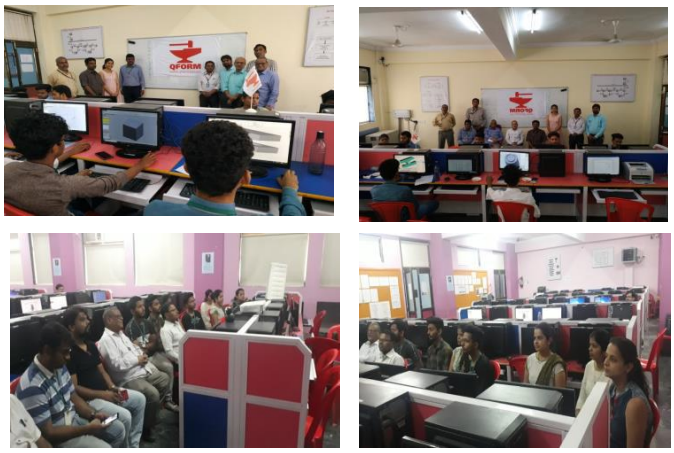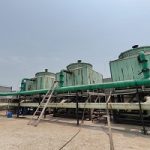PHCET and PCE successfully conducted Workshop on “Hot Bulk Forging and Extrusion Technologies” for students and faculty members of PHCET and PCE to cover various aspects of forging and its applications.
Resource Person
Coordinator
Department
Dr. R. C. Prasad
Dr. G. V. Patil
Mechanical Engineering


Hot bulk forging and extrusion are advanced manufacturing processes used to shape metal components at elevated temperatures. These technologies are employed in the production of high-strength and complex-shaped parts for various industries, including automotive, aerospace, and construction. Here’s a brief overview of each:
- Hot Bulk Forging:
- Process: In hot bulk forging, metal is heated to elevated temperatures, typically above its recrystallization temperature, to enhance its plasticity and reduce deformation resistance. The heated metal is then shaped using compressive forces in a die to achieve the desired final form.
- Advantages:
- Improved material flow and formability at elevated temperatures.
- Enhanced mechanical properties and part strength due to refined grain structure.
- Complex shapes with close tolerances can be achieved.
- Extrusion:
- Process: Extrusion involves forcing a metal billet or ingot through a shaped die to produce continuous lengths of complex cross-sectional profiles. This process is widely used for the production of tubes, rods, and various other profiles.
- Advantages:
- High material utilization as there is minimal waste.
- Ability to produce components with intricate cross-sections.
- Improved mechanical properties due to the aligned grain structure along the extrusion direction.
- Suitable for a variety of materials, including metals and polymers.
Both hot bulk forging and extrusion technologies offer several advantages over cold forming processes, such as increased material ductility, reduced forming forces, and the ability to produce large and intricate components. These processes are crucial in achieving cost-effective and high-quality production of metal components with enhanced mechanical properties.







